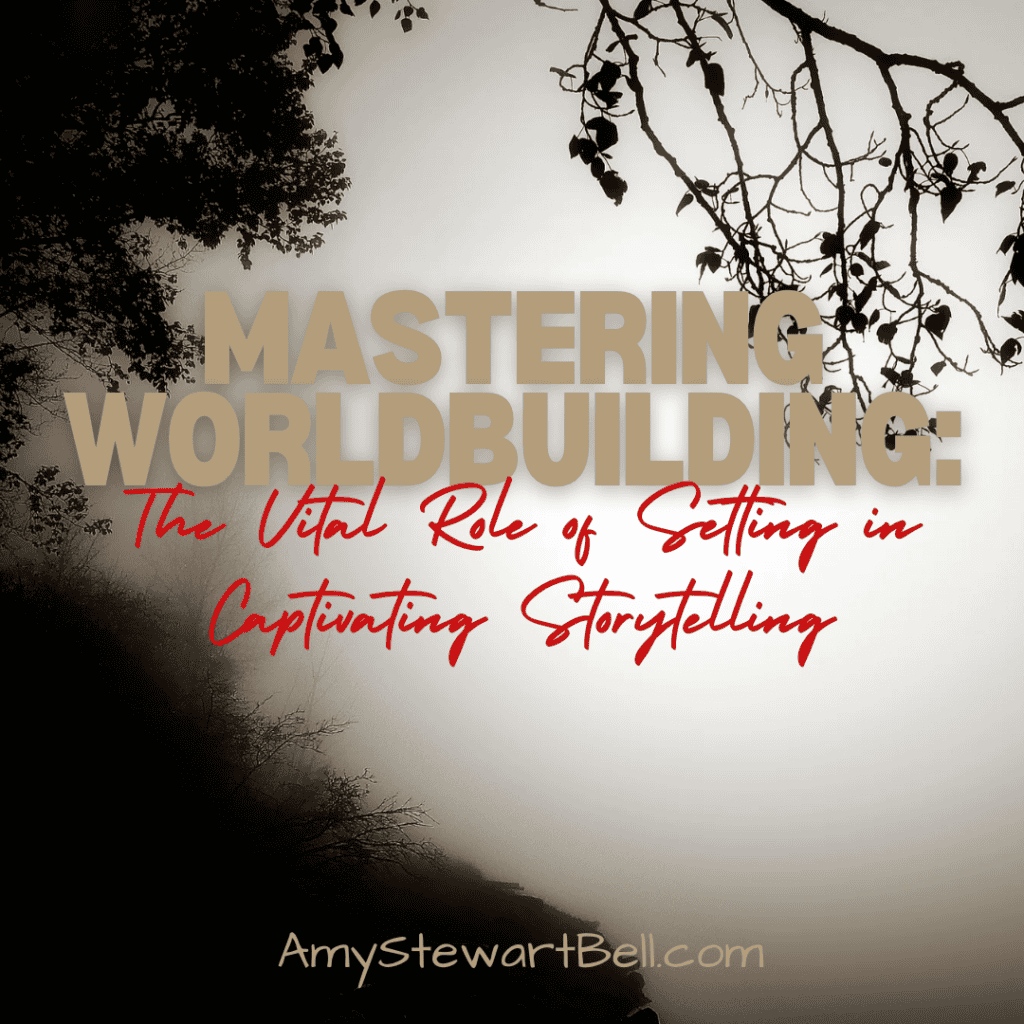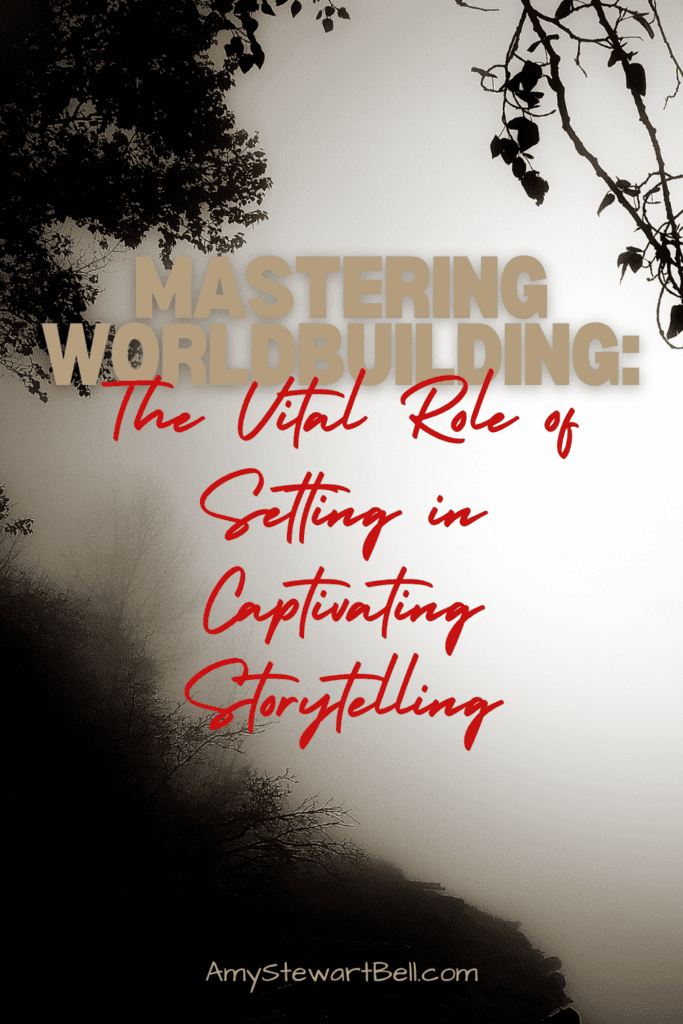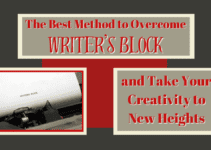Immerse Readers in a Vivid, Believable World

Worldbuilding – Immersing your readers in a vivid, believable world is crucial for engaging storytelling. As a writer, your ability to craft a rich, immersive setting can make or break your narrative.
Effective world-building requires meticulous attention to detail. From the geography and climate to the cultural norms and societal structures, every facet of your fictional realm must feel cohesive and true-to-life. By establishing a palpable sense of place, you can transport your audience and make them invested in the story’s outcome.
Weave sensory descriptions seamlessly into your prose to heighten the reader’s experience. Describe the sights, sounds, smells, and textures that bring your world to life. Subtle, well-placed details will make your setting feel tangible and authentic.
Equally important is ensuring internal consistency within your fictional realm. Develop a thorough understanding of your world’s history, politics, technology, and social dynamics. Inconsistencies or logical gaps will quickly shatter the reader’s suspension of disbelief.
You can transport your readers to new and extraordinary realms with a richly imagined, meticulously crafted setting. Commit to worldbuilding, and watch your stories come alive on the page.
How Setting Shapes Character and Drives Plot
Setting is a crucial element in any compelling story. It establishes the physical and environmental context, profoundly shapes the characters, and helps drive the plot forward. The setting in which a story takes place can profoundly influence the characters’ personalities, motivations, and actions.
The environment, whether a bustling city, a remote rural landscape, or a fantastical world, can impose certain constraints, challenges, and opportunities that mold the characters and their choices. A character’s personality, values, and decision-making process often directly reflect the setting they inhabit. For example, a character living in a harsh, unforgiving wilderness may develop a rugged, resilient, and self-reliant nature. In contrast, a character in a densely populated urban setting may be more adaptable, resourceful, and attuned to social dynamics.
Moreover, the setting doesn’t just influence the characters; it also plays a crucial role in driving the plot forward. The unique challenges, obstacles, and resources present in a particular setting can create the necessary tension, conflict, and opportunities for the characters to navigate, ultimately shaping the narrative arc and propelling the story toward its climax. A remote, isolated setting might heighten the sense of danger and urgency, while a bustling city could provide a wealth of potential subplots and twists.
By carefully crafting the setting and allowing it to shape the characters and the plot, writers can create a more immersive, believable, and compelling story that resonates with readers on a deeper level. The interplay between setting, character, and plot is a powerful tool in the hands of skilled storytellers, and mastering this dynamic can elevate a good story into a great one.
5 Essential Elements of Effective Worldbuilding
Crafting a captivating fictional world is essential for immersing readers and elevating your storytelling. As an aspiring author, mastering the art of worldbuilding is a must. Here are 5 essential elements that form the foundation of effective worldbuilding:
1. Detailed Geography: Construct a vivid landscape with diverse terrain, climate, and natural features that feel cohesive and plausible. Establish clear boundaries, trade routes, and environmental challenges.
2. Robust Cultures and Societies: Develop nuanced, multifaceted cultures with distinct histories, belief systems, traditions, and social structures. Ensure these elements seamlessly integrate to shape your world.
3. Intricate Political Landscapes: Design complex political frameworks, power dynamics, and conflicts that drive the narrative forward. Incorporate realistic geopolitical tensions and power struggles.
4. Comprehensive Histories and Mythologies: Craft a rich tapestry of backstories, legends, and historical events that lend depth and authenticity to your world. Use these elements to inform the present-day narrative.
5. Unique Flora and Fauna: Populate your world with distinctive plants, animals, and other lifeforms that feel organic and integral to the environment. Leverage these elements to enhance the sense of discovery and wonder.
By meticulously weaving these 5 essential elements, you’ll create a truly immersive and captivating fictional world that will leave a lasting impression on your readers.
Avoid Common Worldbuilding Pitfalls: Ensure Consistency and Authenticity

Crafting a compelling and immersive fictional world is no easy feat. As writers, we must be vigilant in avoiding common worldbuilding pitfalls that can undermine the authenticity and cohesiveness of our imagined realms.
One of the primary challenges is maintaining consistency across all elements of the world – from geography and culture to technology and magic systems. Inconsistencies, no matter how minor, can jar readers out of the experience and shatter their suspension of disbelief. It’s crucial to meticulously track and cross-reference every detail to ensure seamless continuity.
Similarly, it’s vital that the world we build feels plausible and grounded in internal logic. Arbitrary or nonsensical elements will erode the reader’s trust and investment. Each aspect of the world, from social structures to natural phenomena, must be carefully considered and justified through a lens of realism.
By steering clear of these worldbuilding traps and prioritizing coherence and authenticity, writers can transport readers to richly realized alternate realities that feel alive and true. With a steadfast commitment to detail and logic, we can craft worlds that linger in the imagination long after the final page is turned.
Practical Tips to Seamlessly Weave Setting into Your Narrative
As any seasoned writer knows, setting is a crucial element in crafting an immersive and captivating narrative. Far more than mere background, the physical environment in which your story unfolds can shape your characters, drive the plot, and evoke powerful emotions in your readers. But how do you ensure that the setting doesn’t feel like an afterthought but an integral part of your storytelling?
Here are some practical tips to help you seamlessly weave setting into your narrative:
1. Engage the senses. Don’t just tell readers what a place looks like – transport them there by describing the sounds, smells, textures, and even tastes that bring the setting to life. Sensory details create a visceral connection that goes beyond mere description.
2. Tie the setting to the character. How your protagonist experiences and interacts with their environment reveals volumes about their personality, mood, and inner world. Use the setting to reflect and amplify your character’s emotional state.
3. Let setting influence action. A location’s physical constraints and possibilities should inform and even drive the plot forward. Consider how the setting might present obstacles for your characters to overcome or inspire new courses of action.
4. Use setting to foreshadow and symbolize. Strategically chosen details about a location can subtly hint at things to come or crystallize the thematic concerns of your story. Pay attention to the symbolic resonance of your settings.
By following these tips, you can craft settings that are not merely backdrops but dynamic, integral components of your narrative – elevating your storytelling to new heights with worldbuilding.
Elevate Your Storytelling by Mastering the Power of Setting and Worldbuilding
LET’S CONNECT!
There are many ways to connect withAmy Stewart Bell. We would love to know what you think and any of the topics we offer. We welcome your comments and want to interact with you!
If you haven’t yet, grab your copy ofOnce Captured, the first in Amy’s Captive Series. And be on the watch for the second in the series, Uncharted Captivity, to drop!
You can also connect in other areas. Join us on Instagram@AmyWritesAlland on Facebook@AmyWritesAll.
Be sure to join our community newsletter, and you will get even more inside info!







